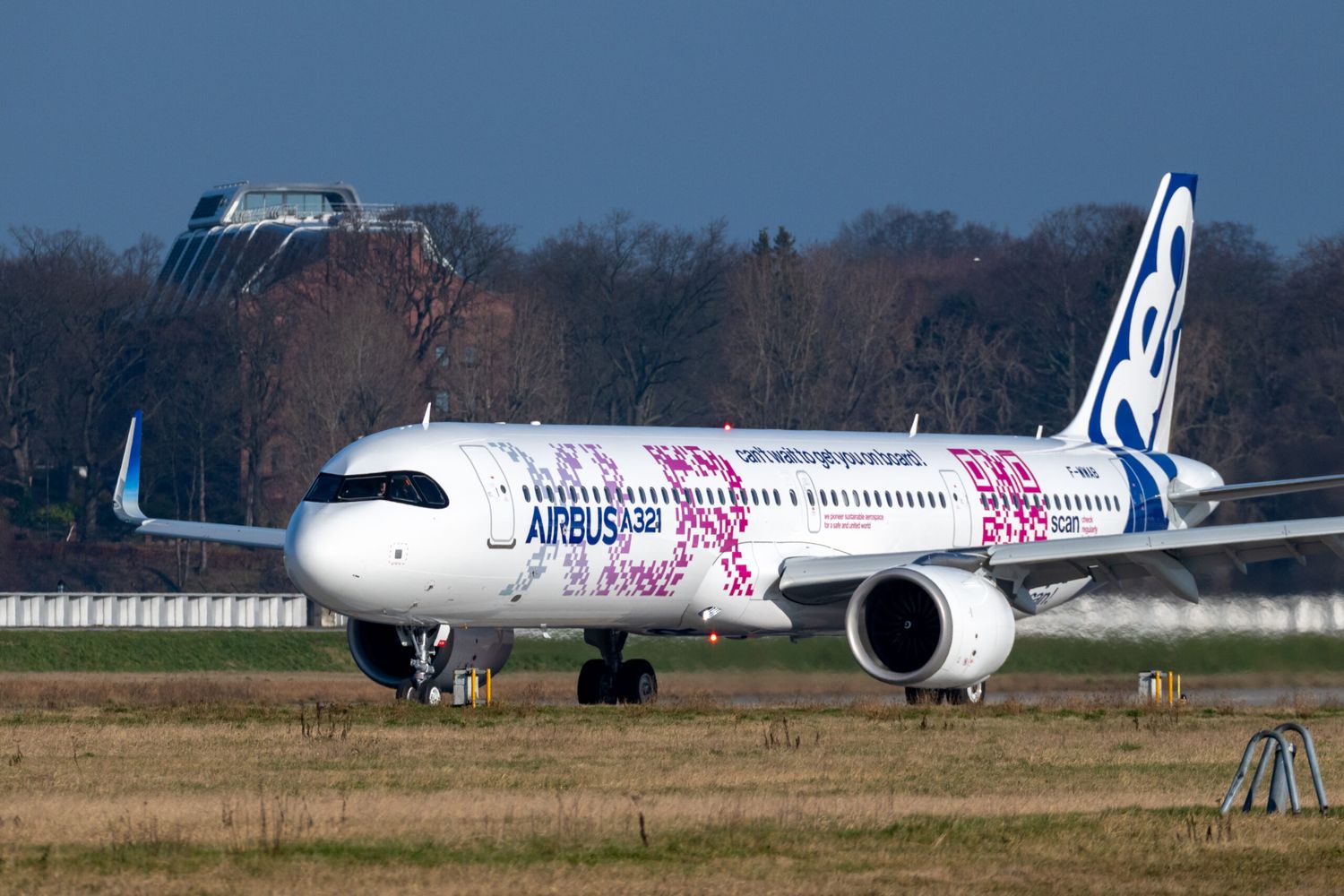FAA Issues Conditions for Airbus A321XLR Fuel Tank to Move Forward with Certification
The Federal Aviation Administration (FAA) has issued a notice of proposed conditions for the Airbus A321XLR. In the publication, the US aviation regulator requests safety assurances regarding the rear central tank (RCT), which is integrated into the aircraft fuselage.
The Airbus A321XLR is a new variant of the longest member of the A320 family. The aircraft features innovative engineering, integrating an additional fuel tank into the fuselage behind the wing.
This new RCT occupies part of the rear cargo compartment, and its structure is fully integrated into the aircraft’s frame. The tank’s walls are close to the fuselage walls, and the top of the RCT is continuous with the passenger cabin floor.
All these features have drawn the attention of the FAA, which requests that Airbus ensure the RCT can withstand any external and internal fire.
Potential Safety Risks
Thanks to the new RCT, the A321XLR will have a range of 8,700 kilometers. With this extended reach, it can comfortably undertake transoceanic and intercontinental flights, with an estimated en-route time (ETE) exceeding 9 hours.
The integration of the RCT into the aircraft fuselage poses a risk to operational safety. Both the FAA and EASA are concerned about the RCT‘s exposure to ground fires or fires within the tank.
The A321XLR‘s airworthiness standards do not specify fire safety regarding the structure or walls of the RCT, considering a potential post-accident fire since the fuel tank walls coincide with the aircraft fuselage.
Moreover, the RCT’s unusual position within the aircraft prevents the use of insulation typically covering a commercial aircraft fuselage.
FAA Conditions
Aircraft manufacturers often add auxiliary center fuel tanks (ACT) to narrow-body aircraft to increase their range. This is the case with the Boeing 737-900ER or the Airbus A321ceo, which can be configured with up to three ACTs.
These tanks are devices installed in cargo holds but are not part of the aircraft’s structure or fuselage. This is the main difference with the A321XLR’s RCT, and thus, no regulations have been issued for these tanks yet.
«The integral RCT of the A321neo XLR model may or may not have a capacity equivalent to that of previous designs approved under current regulations, as the RCT design and location are integral with the fuselage,» says the FAA publication.
The FAA demands that Airbus ensures the lower middle section of the fuselage is resistant to potential fires caused by fuel spills outside the aircraft.
Airbus must demonstrate that the A321XLR can be safely evacuated in case of an accident before any structural failure of the RCT leading to an imminent explosion.
The rupture of the RCT walls or its structure may occur in the event of a ground fire fueled by fuel or overpressure caused by the ignition of fuel vapors inside the tank.
Current regulations are based on ACT devices, which are not integrated into the aircraft, like the A321XLR’s RCT.
The FAA conducted studies suggesting that RCTs should be able to withstand any type of fire for up to five minutes after the incident. This allows for the safe evacuation of passengers and crew. If the RCT meets this requirement, the FAA will be satisfied.
Additionally, Airbus is advised to consider using a flammability reduction or fire hotspot mitigation system to meet FAA requirements.
Nevertheless, the European manufacturer is required to comply with the conditions imposed by the US regulator.


Para comentar, debés estar registradoPor favor, iniciá sesión